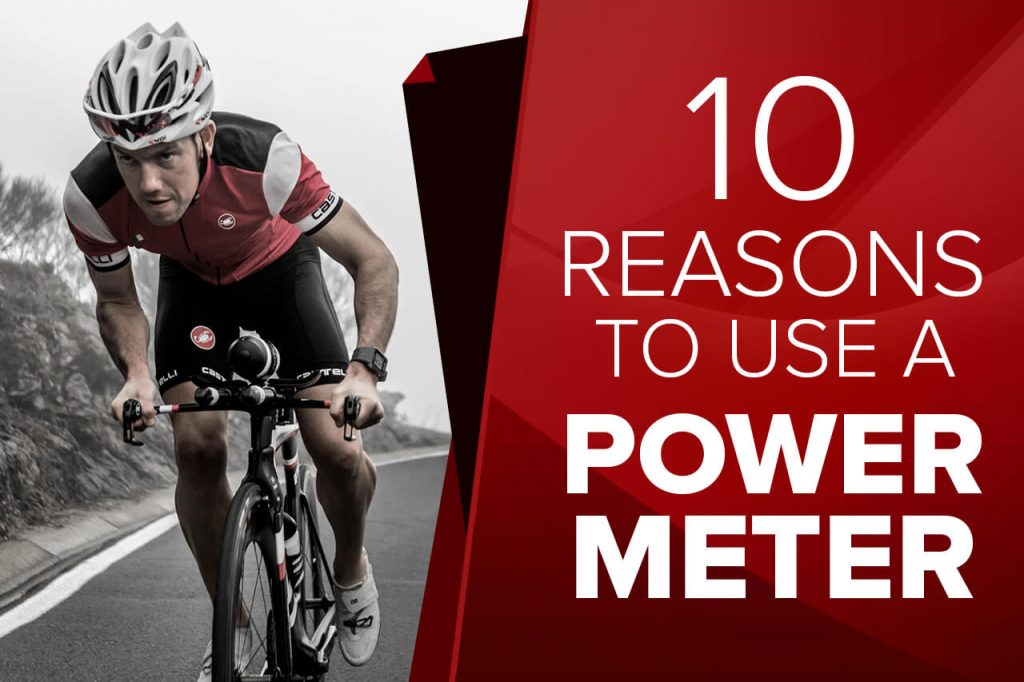If you’re new to cycling and are wondering what is a power meter…this article is for you! We’ll explain, in simple terms, what exactly a power meter is. We’ll also discuss how they work and why you should use one. Let’s dive in!
A power meter is an electronic device that is built into your bicycle’s drivetrain and measures the power, or more specifically the torque, you generate when your ride. Power meters are usually built into your cranks, crank arms or pedals. However placement on the bike can vary a bit as there are several different types to choose from. Your power, measured in watts, is wirelessly transmitted to a handlebar- or wrist-mounted computer for real-time monitoring. Power is fundamental to cycling performance and is the most accurate way to measure your effort.
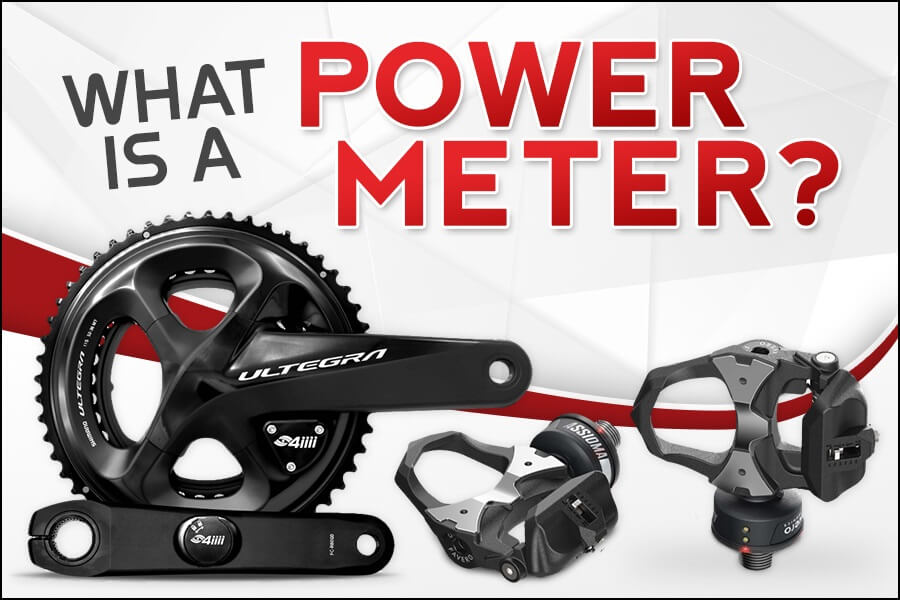
Some Examples
There are several different types of power meters, depending on where on the bike they are located. For example, a crank-based power meter usually comes as a complete crankset. With these types, the power sensor is usually built into the crank spider. Or you can buy pedals where the pedals have sensors built inside the pedal bodies. Another popular type is a crank arm-based power meter where the power sensor is bonded to the inside of the crank arm. There are lots of options…you get the point. You can put one on virtually any bicycle – road, mountain, track, cyclocross, BMX, etc.
Crankset Power Meter

Crank Arm Power Meter

How Do Power Meters Work?
Strain Gauge
Power meters measure power or torque using a strain gauge. A strain gauge is a tiny electronic device whose electrical resistance varies depending on how much resistance (strain) is put on them. In the case of a crank arm for example (pictured above), the strain gauge measures how much your crank arm is flexing when you ride.
Graphical depiction of a strain gauge. Provided by Quarq

Using electronics located within the power meter, the strain gauge converts this flex into an electrical resistance. Based on the amount of electrical resistance, it can calculate how much torque the rider is generating. Torque measurements are multiplied by cadence in order to calculate cycling power.
The number of strain gauges, the alignment of the strain gauges and the materials used all determine how accurate it is. The precise measurement of torque is the biggest challenge manufacturers face. The microscopic bending that the strain gauges must precisely measure is the key to accurate results. This largely explains the cost inherent in power meters. It requires an extremely high level of engineering and precision to fit the strain gauges within a power meter. Regardless, strain gauge-based systems were the original method of measuring power. They remain the most widely used and accurate power meters today.
Cycling Computer
The power meter transmits data in real-time to a handlebar- or wrist-mounted computer or smart phone (head unit). The two wireless protocols for transferring the power data are ANT+ and Bluetooth SMART. The head unit displays power data such as current, maximum and average power. It also serves as an all-around cycling computer. This means it can display things like heart rate, speed, distance time and much more.
Here are two popular head units:
Garmin Edge 540

SRM PowerControl 8
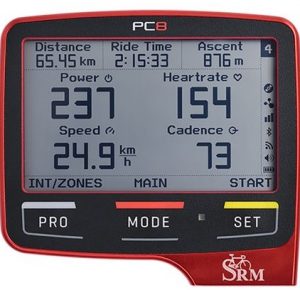
Benefits of Using a Power Meter
With cycling, many things affect how fast you go. Winds, gradients, weight and more all determine your speed. Therefore, it’s very difficult to gauge precisely how hard you’re working. With a power meter, you can directly measure your work rate and fitness. It takes the guesswork out of riding and allows you to quantify your efforts. They provide an objective measurement of real output. This affords the rider numerous advantages. Simply put, if you want to know how you’re doing, check your power!
Summary
So next time someone asks you, “what is a power meter”, you’ll know! They are an invaluable piece of technology when it comes to tracking and improving your fitness. SRM developed the first system in the late 80’s so they have been around for nearly 30 years – but they’re now more popular than ever!
One of the first SRM power meters
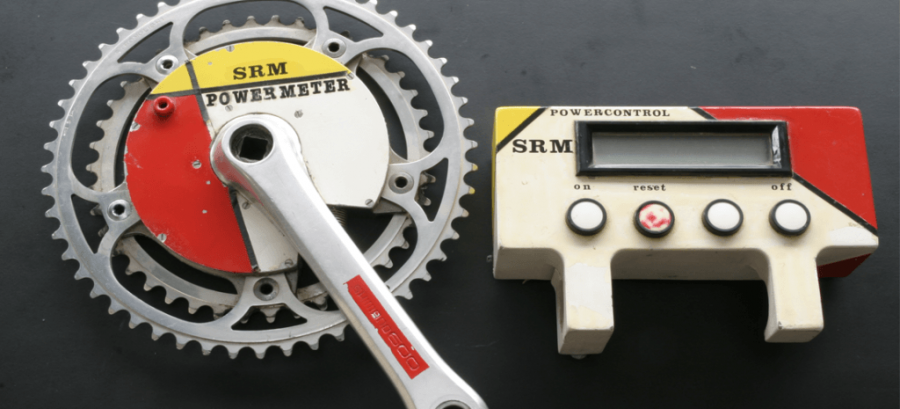

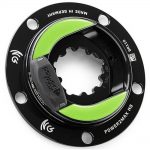 power2max NGeco SRAM Road Power Meter
power2max NGeco SRAM Road Power Meter  LOOK Keo Blade Power Meter Pedals
LOOK Keo Blade Power Meter Pedals  power2max NGeco SRAM MTB Power Meter
power2max NGeco SRAM MTB Power Meter 
